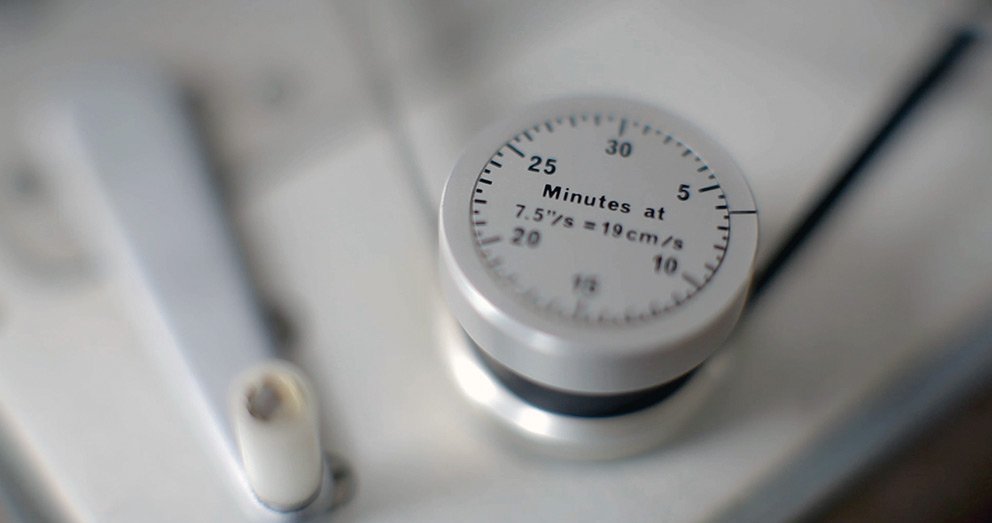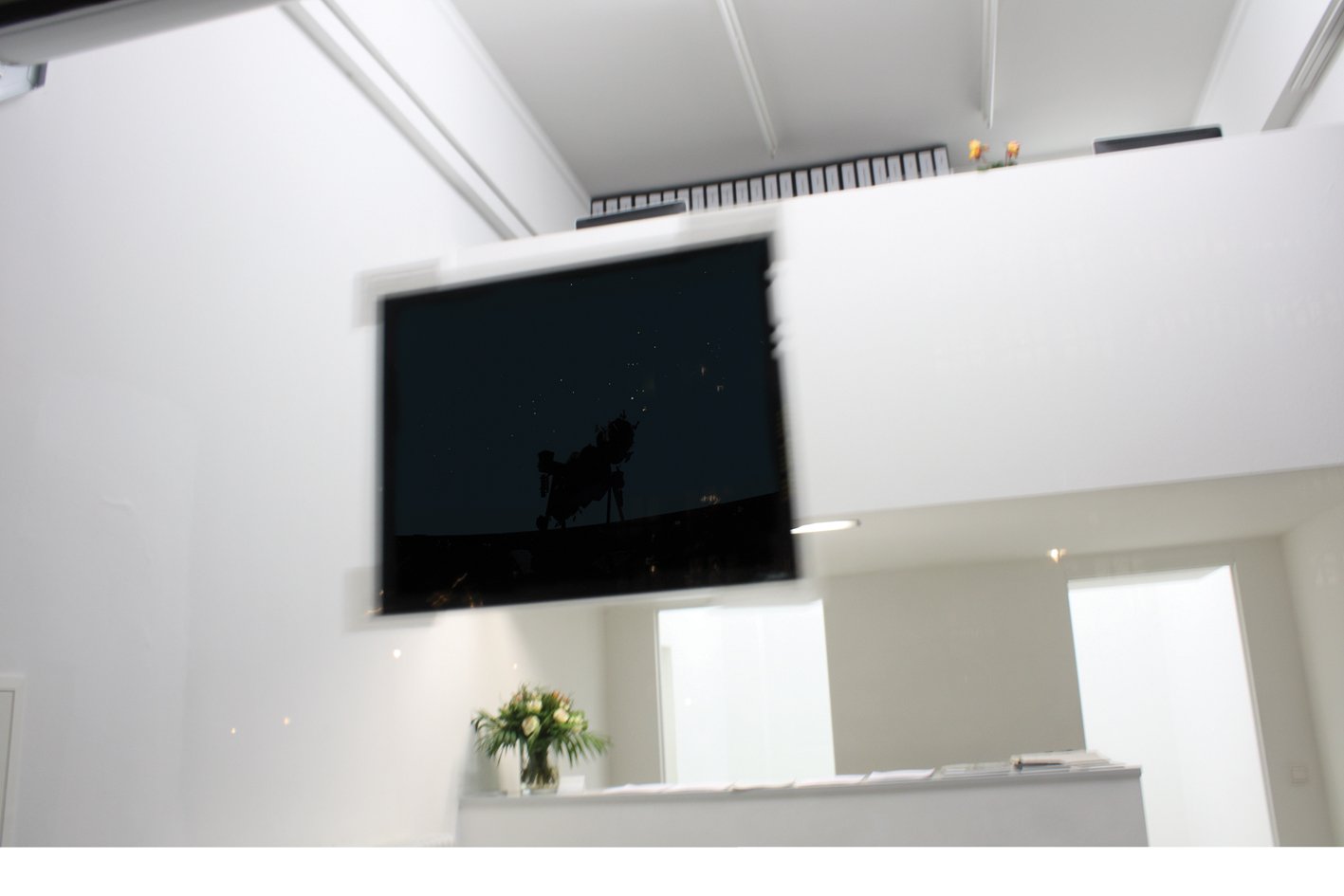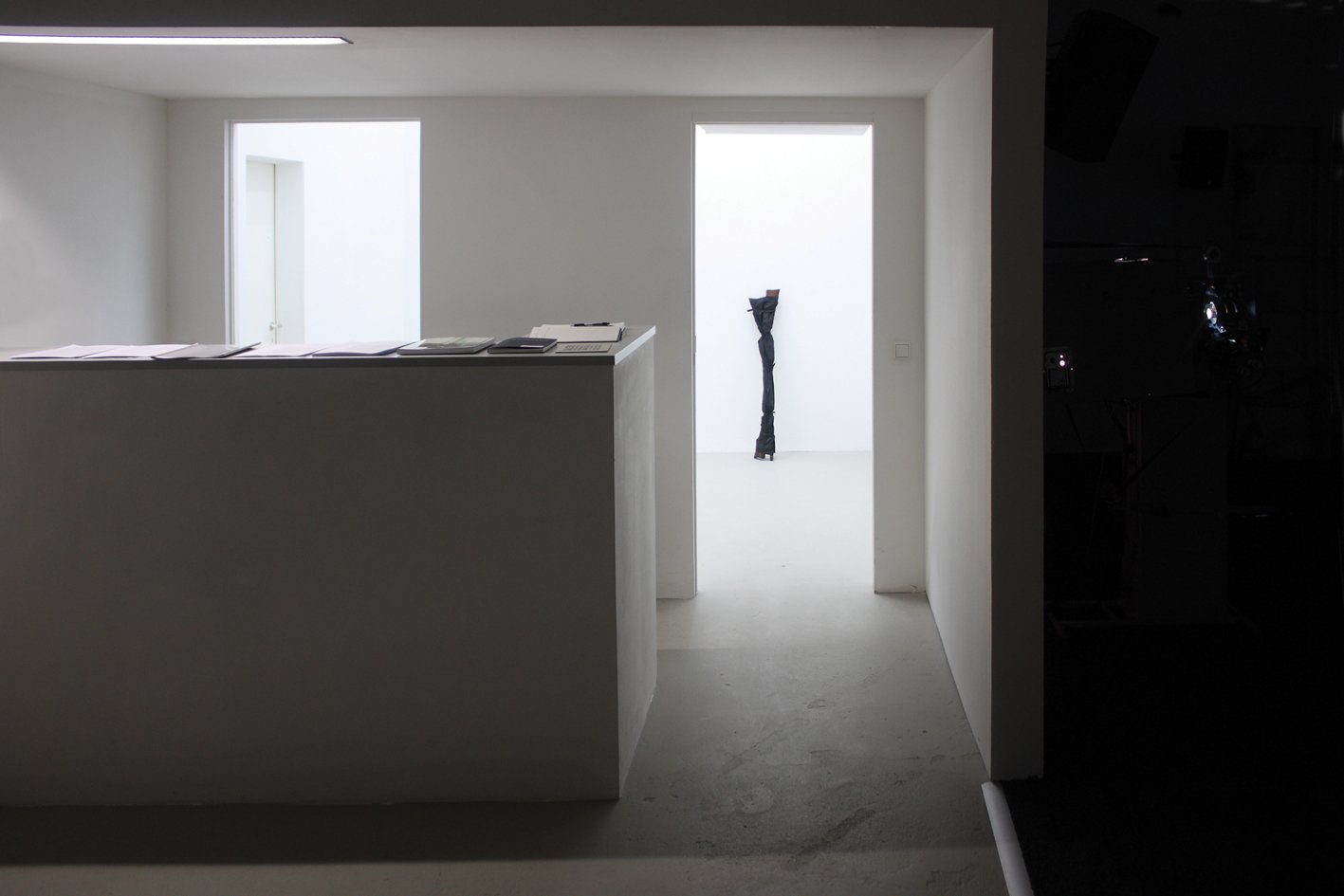
SCHLEICHER/LANGE BERLIN
LAURENT MONTARON: SHORT STUDY ON THE NATURE OF THINGS
13 January, 2012 - 18 February, 2012



-
SCHLEICHER/LANGE opens their new exhibition space in Berlin with a solo show of the work of French artist Laurent Montaron.
Central to the work of Laurent Montaron is his engagement with the contemporary history of the media, which since the mechanical reproduction techniques of the late nineteenth century to their various forms in the present day have always been accompanied by irrational beliefs. If the photographed image transforms our perception of space, with the recording and the reproduction of image, sound, and voice time itself seems to have changed. Through his investigations of the tools that shape our representations. He lays bare the paradoxes that accompany our awareness of modernity.
The gallery’s exhibition space is dedicated to the presentation of Montaron’s latest 35mm film. In Short Study on the Nature of Things, the artist returns to his proposition that the observation of the world through media apparatuses only presents a part of the image. In so doing, paradoxically a free space for our imagination results, one that is populated by spirits. The very apparatuses that allow us to observe the world also change the world that we take in our sights.
In Short Study on the Nature of Things we hear a female voice recorded on magnetic tape. While listening to the tapes with which the narrator has recorded her memories, the beholder becomes a witness to the passing of time. Anecdotes from her childhood and text fragments based on Heraclitus are interwoven to form a narrative. By way of her special understanding of space and time, the narrator constructs her own cosmogony. As already in Montaron’s earlier works, the film consists of a series of linked sequences: measuring devices or instruments linked to light and time are shown one after another: Cromlech on the island of Ouessant, a megalithic formation from the early Stone Age that was used the observe the stars and to measure time, a laterna magica that projects a moving kaleidoscope, a Frensel lens from a lighthouse, a light mill, a Foucault’s pendulum. These sequences are only interrupted by images of the constant melting of the Briksdal Glacier in Norway, which runs throughout the film, and its blue glacier water ultimately leads us to the sleeping figure of the Saint Bernadette of Lourdes, whose corpse has remained unchanged since 1895.
This moving dance of motifs correlates with the narrator’s memories. Making reference to Heraclitus’ axioms, the cyclical formations in the film are closely tied to the philosophy of the pre-Socratics and their notion of time. The film’s title comes from the Latin poem De rerum natura by Lucretius, “On the Nature of Things.”
Short Study on the Nature of Things was presented for the first time at the Lyon Biennale in the fall of 2011.